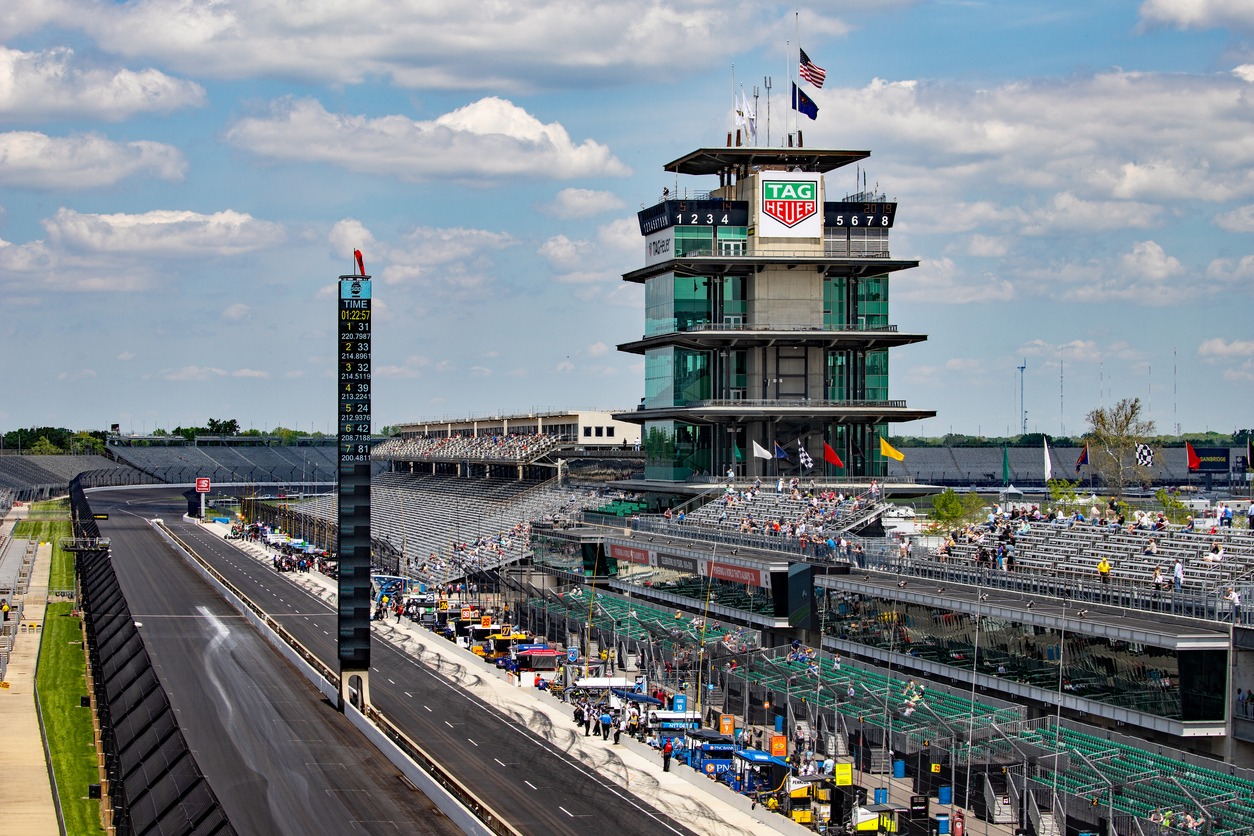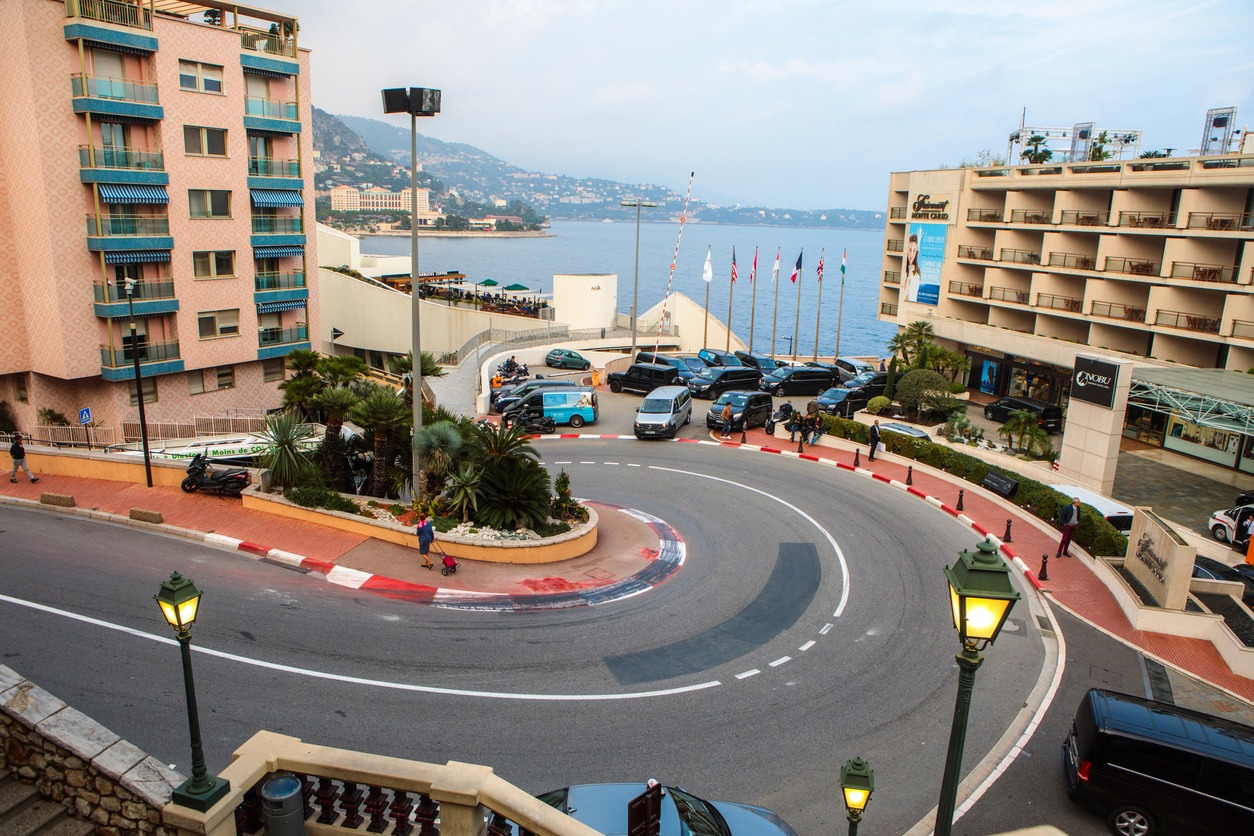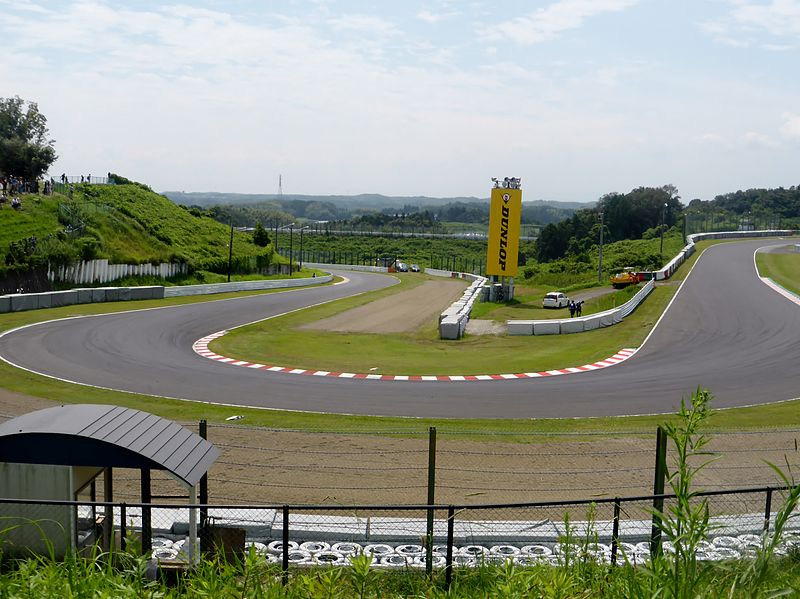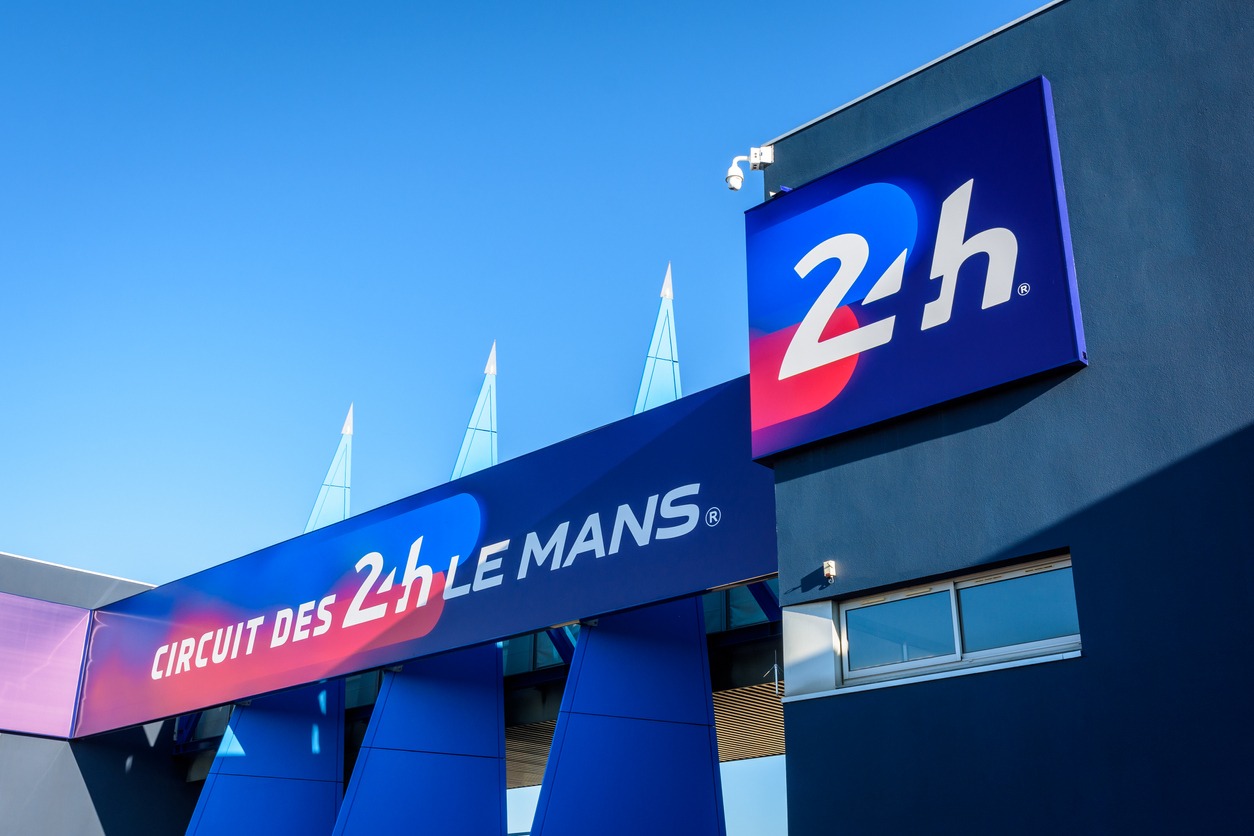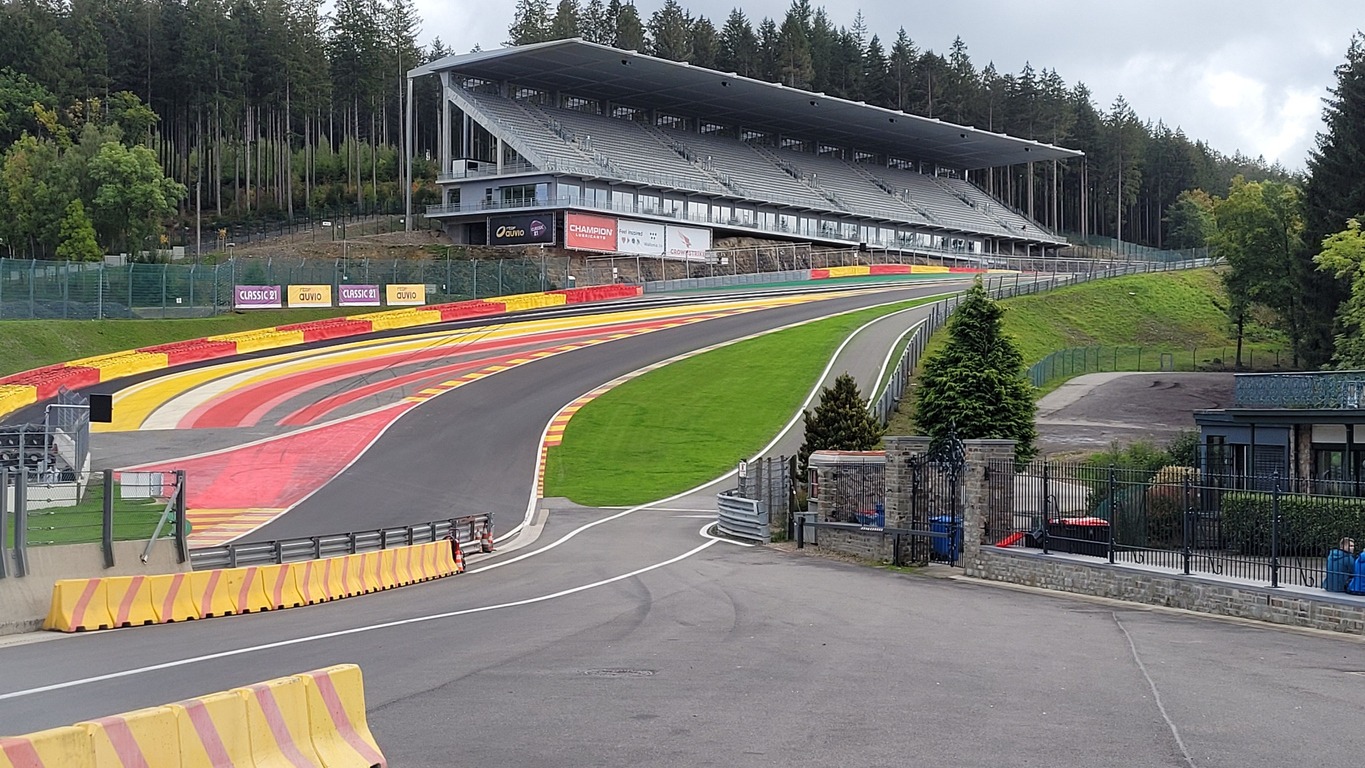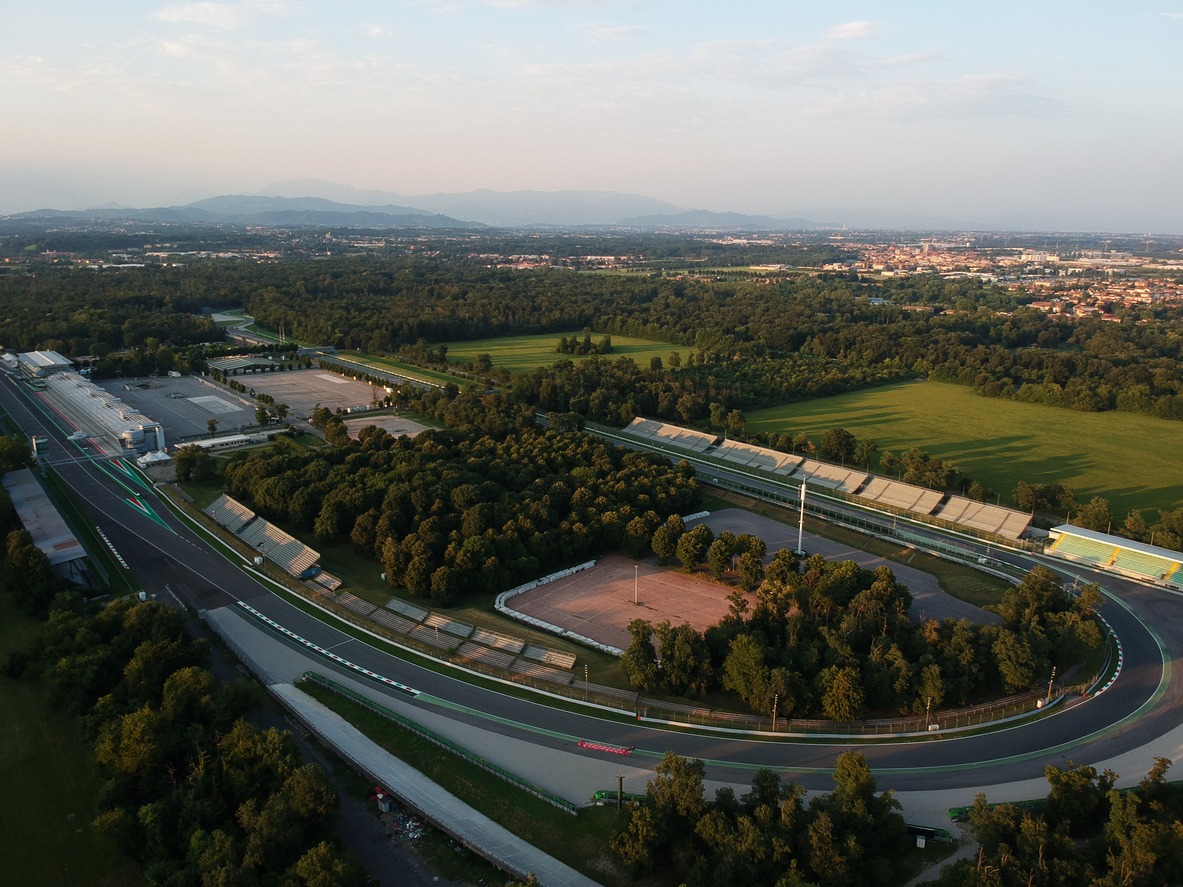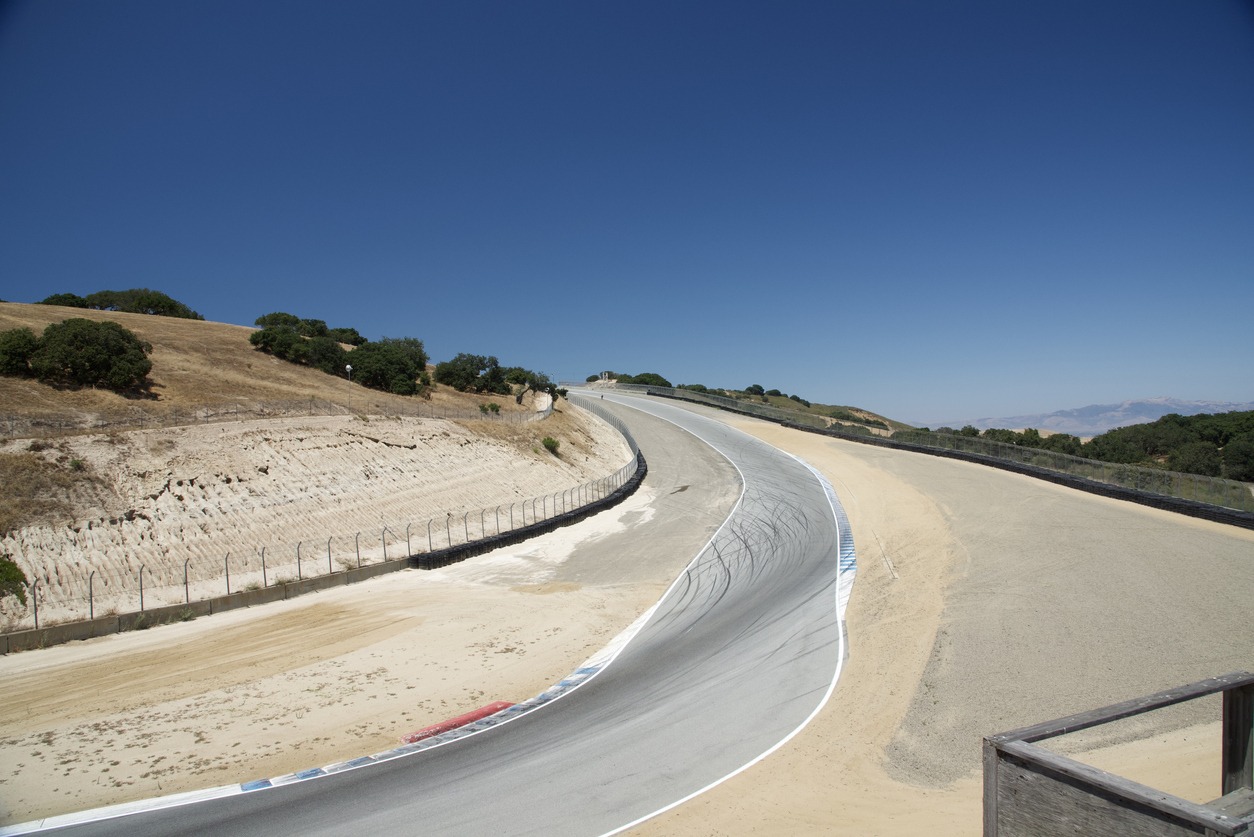Racing tracks are not just stretches of tarmac – they are the arenas where history is made, where legends are born, and where the limits of human endurance are tested. For fans of car racing, these tracks are hallowed ground, each with its own story, its own quirks, and its own place in the racing world.
In this blog post, we journey across continents to explore some of the most iconic racing tracks in the world.
1. The Nürburgring (Nordschleife), Germany
Located in the Eifel mountain region of Germany, the Nürburgring is a track steeped in motorsport legend. It’s named as “The Green Hell” by three-time Formula One champion Sir Jackie Stewart due to its demanding and dangerous nature. Opened in 1927, the track initially stretched over 22 km with over 300 elevation changes, making it one of the longest, most complex, and challenging circuits in the world.
The Nürburgring originally consisted of two tracks: the Nordschleife (North Loop) and the Südschleife (South Loop). The Nordschleife’s layout, snaking through forests and hills, presents drivers with a relentless series of blind curves, jumps, and dips. Famous corners like the “Carousel” and “Flugplatz” have become the stuff of legend.
In contrast, the modern Grand Prix track, constructed in the early 1980s, is a shorter, more conventional racing circuit. Measuring approximately 5.1 kilometers (3.2 miles), it hosts various international racing events, including Formula One (until 2013), and is known for its modern facilities and spectator viewpoints.
2. Circuit de Monaco, Monte Carlo
Nestled in the glamorous streets of Monte Carlo, Circuit de Monaco is a symbol of prestige in the racing world. Known for its tight corners, narrow streets, and the famous tunnel section, this track has been hosting races since 1929.
The Fairmont Hairpin, the high-speed tunnel section, and the chicane at the harbor’s edge make this track as challenging as it is picturesque.
It’s part of the Triple Crown of Motorsport, which also includes the Indianapolis 500 and the 24 Hours of Le Mans. Winning at Monaco is a feather in the cap of any Formula One driver, with greats like Ayrton Senna and Graham Hill leaving their mark on its tarmac.
The Circuit de Monaco is also known for its slow average speeds due to its tight and twisty nature. The track has 19 turns, and its narrow confines leave no room for error, making it a true test of a driver’s skill and focus. Overtaking is notoriously difficult here, making qualifying sessions crucial for a good race position.
3. Indianapolis Motor Speedway, USA
An iconic fixture in American motorsport, the Indianapolis Motor Speedway is the site of the famous Indianapolis 500 – a racing event steeped in American tradition and heritage. Built in 1909 in Speedway, Indiana, it’s one of the oldest and most prestigious racing circuits worldwide.
This oval track, with four distinct turns and two long straights, is known for its famous “Brickyard” (a nickname derived from its original brick surface). It was originally made using over 3 million bricks but has undergone several transformations over the years. The oval’s simplicity in design belies the incredible skill required to navigate it at high speeds, making it a true test of endurance and precision for drivers.
The size of the track, its flatness, and its long straightaways allow race cars to run at incredibly high speeds. Plus, its flatness and lack of elevation change challenge the aerodynamic stability of engines to sustain high speeds for longer periods.
The Indianapolis 500, the hallmark event at this famed circuit, is held annually over the Memorial Day Weekend. Often referred to as “The Greatest Spectacle in Racing,” it is part of the Triple Crown of Motorsport and attracts hundreds of thousands of fans, making it one of the most attended sporting events in the world. The race is known for its traditions, including the victory lap drink of milk and the release of balloons before the start. Legends like A.J. Foyt, Al Unser, and Rick Mears have all etched their names in the history books with multiple Indy 500 victories.
4. Silverstone Circuit, UK
Silverstone, located on the site of a World War II airfield in Northamptonshire, England, hosted the first World Championship Formula One race in 1950.
During the war, it served as a Royal Air Force bomber station. In 1948, it transitioned to a racing track, and the rest is history! Since then, Silverstone has evolved, both in design and status, to become a cornerstone of world motorsports.
The current layout of Silverstone, roughly 5.8 kilometers (3.6 miles) long, comes with fast, high-energy corners and long straights. The track’s most famous sections – Copse, Maggotts, Becketts, and Chapel – are a sequence of high-speed turns that test the aerodynamic efficiency and the driver’s skill at handling high G-forces. The Hangar Straight, another highlight of the track, leads into Stowe corner, providing one of the best overtaking opportunities.
It is also the home of the British Grand Prix, a race steeped in tradition and excitement. As one of the most anticipated events in the Formula One calendar, it has been the setting of many memorable F1 moments, including Lewis Hamilton’s record-breaking wins and dramatic weather-affected races. The atmosphere during the British Grand Prix is electric, with fans filling the grandstands and hills around the circuit, creating a festival-like environment.
5. Suzuka Circuit, Japan
Opened in 1962, Suzuka is one of the few circuits in the world with a “figure-eight” layout. Designed by Dutchman John Hugenholtz, it has become a favorite among drivers for its challenging and varied layout.
The track was built in Suzuka City, Mie Prefecture in Japan, originally as a test track by Honda, and later on evolved into one of the most challenging and celebrated circuits in the racing world. The track’s design set it apart from the beginning, making it the first circuit in Asia to be included in the Formula One World Championship.
The track’s unique “figure eight” layout has the back straight passing over the front section by means of an overpass. This layout creates a diverse range of corners, from tight hairpins to long, sweeping turns, testing a driver’s skill across the spectrum. The most famous sections of the track include the high-speed 130R and the complex series of corners known as the Curves, demanding precision and rhythm from the drivers.
The Formula 1 Japanese Grand Prix at Suzuka has been a fixture since 1987 and is often pivotal in the championship race due to its placement towards the end of the season. The track has been the scene of many memorable moments in F1 history, including intense title-deciding battles and legendary performances, contributing to its mythic status among racing circuits.
6. Le Mans Circuit de la Sarthe, France
The Circuit de la Sarthe, located in Le Mans, France, is synonymous with endurance racing. Since its inception in 1923, the track has been the venue for the 24 Hours of Le Mans, one of the most prestigious automobile races in the world. This annual event tests the endurance of drivers, teams, and cars, making it a unique and revered fixture in the motorsport calendar.
The circuit uses a combination of public roads and a dedicated racing track, a layout that has seen numerous modifications over the years to improve safety and racing quality. Despite these changes, the essence of the Circuit de la Sarthe remains unchanged, embodying the spirit of endurance racing.
One of the most famous features of the Le Mans circuit is the Mulsanne Straight (Ligne Droite des Hunaudières). This long straight, approximately 6 km in length, was historically a place where cars reached their top speeds, often exceeding 330 km/h (205 mph), before the addition of chicanes in 1990 to improve safety.
Other notable sections include Tertre Rouge, leading to the Mulsanne Straight, the complex series of corners at the Porsche Curves, and the Ford Chicane, a series of tight bends leading onto the main start-finish straight. These elements combine to create a circuit that is as challenging as it is historic.
7. Spa-Francorchamps, Belgium
Set in the Belgian Ardennes forest, Spa-Francorchamps is known for its unpredictable weather, fast corners, and elevation changes. Opened in 1921, it is one of the most picturesque and revered tracks in the world of motorsports. The track has undergone several modifications over the years but has retained its fast, hilly, and twisty nature, retaining its reputation as one of the world’s most challenging circuits.
Why is it challenging? The varied layout of this track requires the car to have high-speed stability with downforce. The elevation changes and fast corners put a significant load on tires and suspensions. Also, the unpredictable Ardennes weather often plays a crucial role in race strategy, with teams having to be prepared for sudden rain or changing track conditions.
The current 7-kilometer (4.3-mile) track layout is renowned for its blend of long straights and challenging fast corners, allowing cars to reach high speeds. The most famous section of the Spa is the Eau Rouge-Raidillon complex – a series of turns with a rapid uphill climb and a blind summit, requiring skill and bravery to navigate at full speed. Other notable features include the long Kemmel Straight, the fast Pouhon double left-hander, and the Blanchimont turn –each presenting unique challenges to drivers brave and skilled enough to race here.
Spa is the host of the Belgian Grand Prix and has produced some of the most memorable races in F1 history, including iconic wins and spectacular driving displays.
8. Autodromo Nazionale Monza, Italy
Situated in the royal park of Monza, just north of Milan, Italy, the Autodromo Nazionale Monza is one of the oldest and most revered circuits in the world of motorsport. Constructed in 1922, it has been a permanent fixture in the Formula One World Championship since its inception in 1950, except for a few years. Known as the “Temple of Speed,” Monza is steeped in history, a place where racing legends have been made and dramatic moments have unfolded.
Monza is famous for its high-speed straights and fast corners, making it one of the fastest circuits in the Formula One calendar. The track layout has evolved over the years and includes long straights interrupted by a few high-speed corners like the Parabolica, and the famous Lesmo bends. The circuit is also known for the Variante Ascari chicane and the Variante del Rettifilo at the start of the lap, which provide challenging braking points and overtaking opportunities.
The Italian Grand Prix at Monza is one of the most storied races in the Formula One season. It is known for its passionate fans, the ‘Tifosi,’ who fervently support the Ferrari team, creating an atmosphere like no other. The race has been a witness to many historical moments, including intense battles, spectacular wins, and tragic incidents, all adding to the mystique of Monza.
9. Laguna Seca, USA
Located in Monterey County, California, Laguna Seca, officially known as WeatherTech Raceway Laguna Seca, is a gem in the world of motorsports. Opened in 1957, it was built by the Army Corps of Engineers and has since become renowned for its challenging layout and iconic corners. The track has a rich history in both car and motorcycle racing, hosting a variety of prestigious events over the years.
Laguna Seca is famous for its 3.6-kilometer (2.2-mile) track that features 11 turns, characterized by dramatic elevation changes and technical complexity. The most notable feature of Laguna Seca is the “Corkscrew” at Turns eight and 8A – a unique, steep downhill chicane with a blind apex that is one of the most challenging and famous corners in motorsport. The circuit also includes other notable sections like the Andretti Hairpin and Rainey Curve, testing the drivers’ skills and car setups.
While this track may not host Formula 1 or MotoGP currently, it has a storied history in sports car and motorcycle racing. The track is a regular feature in the IMSA WeatherTech SportsCar Championship and has hosted events like the American Le Mans Series, Superbike World Championship, and the Monterey Historic Automobile Races. Its blend of history and technical demands makes it a favorite among drivers and racing enthusiasts.
Conclusion
These iconic race tracks, each with its distinct history and personality, are famous settings for prestigious races worldwide. They have been the arenas where legends were born, records were broken, and unforgettable moments became part of racing history.

